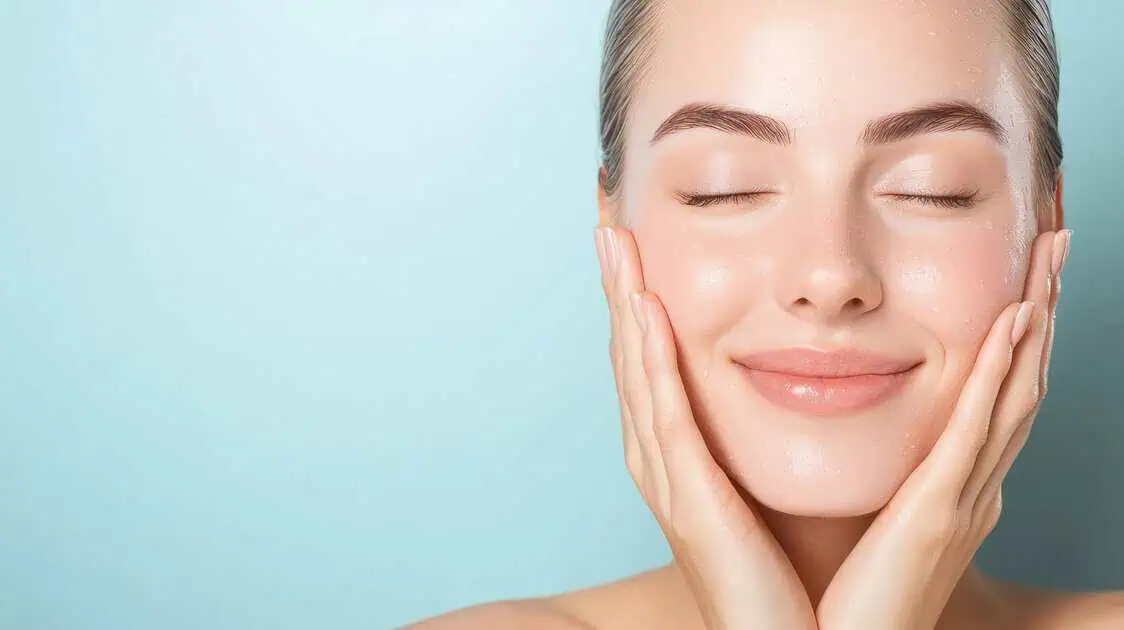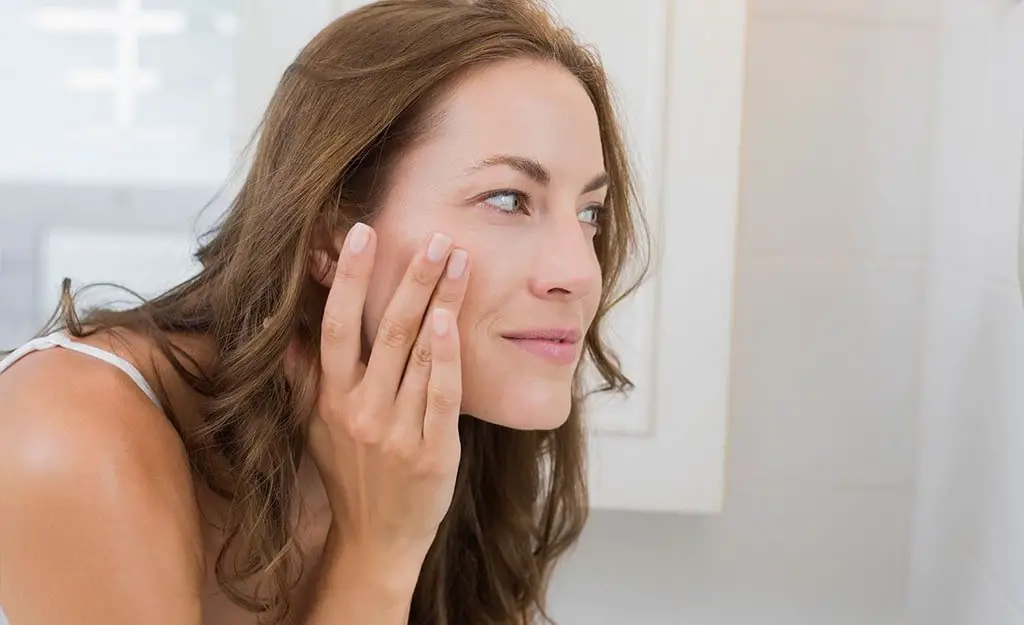How to Balance Oily Skin: Tips for Beauticians
As a beautician, understanding the intricacies of how to balance oily skin is essential for providing clients with effective skincare solutions. Oily skin can be a challenge, but with the right techniques and products, it's possible to achieve a balanced complexion. In this article, we'll delve into the nuances of managing oily skin and explore strategies that beauticians can employ to help their clients find harmony with their skin.

Understanding Oily Skin
First, let's break down the characteristics of oily skin. Oily skin is often the result of overactive sebaceous glands, which produce excess sebum. This can lead to a shiny appearance, enlarged pores, and a propensity for acne. It's crucial for beauticians to recognize these traits to tailor treatments effectively.
The Causes of Oily Skin
Several factors contribute to oily skin, including genetics, hormonal fluctuations, and environmental influences. Beauticians should consider these aspects when developing a personalized skincare plan for their clients. Understanding the root causes allows for a more targeted approach in addressing oily skin.
Effective Skincare Routine for Oily Skin
Developing a comprehensive skincare routine is key to balancing oily skin. Beauticians can guide their clients in selecting the right products and techniques to manage excess oil while maintaining skin health. According to American Academy of Dermatology, a consistent routine is vital for achieving and maintaining balance.
Cleansing: The First Step
Cleansing is the foundation of any skincare routine, especially for those with oily skin. Beauticians should recommend gentle, foaming cleansers that effectively remove excess oil without stripping the skin of its natural moisture. It's important to educate clients on the significance of cleansing twice daily to prevent pore congestion.
Exfoliating for Clarity
Exfoliation is a crucial step in managing oily skin. By removing dead skin cells and unclogging pores, exfoliation helps prevent breakouts and enhances skin texture. Beauticians can suggest chemical exfoliants containing salicylic acid or glycolic acid, which are effective for oily skin types.
Moisturizing: A Must for Oily Skin
Contrary to common belief, moisturizing is essential for balancing oily skin. Beauticians should emphasize the importance of using oil-free, non-comedogenic moisturizers that hydrate without adding extra oil. This step ensures that the skin remains supple and prevents the overproduction of sebum.
Choosing the Right Ingredients
When recommending products, beauticians should focus on ingredients like niacinamide, which regulates sebum production, and hyaluronic acid, which provides lightweight hydration. These ingredients play a pivotal role in achieving a balanced complexion.
Professional Treatments for Oily Skin
In addition to at-home skincare routines, professional treatments can significantly impact oily skin. Beauticians can offer services such as facials and chemical peels to address specific concerns and promote skin balance.
Facials Tailored for Oily Skin
Facials designed for oily skin often include steaming, extractions, and the application of masks to control oil production. Beauticians can customize these treatments to meet the individual needs of their clients, enhancing the overall effectiveness.
Chemical Peels for Exfoliation
Chemical peels are another valuable tool in a beautician's arsenal. They provide deep exfoliation, reduce oiliness, and improve skin texture. Beauticians should educate clients on the benefits of periodic chemical peels as part of their skincare regimen.
Lifestyle Tips for Oily Skin
Beyond skincare products and treatments, lifestyle factors can influence the condition of oily skin. Beauticians can offer guidance on dietary choices, stress management, and environmental considerations to support skin health.
Diet and Oily Skin
A diet rich in fruits, vegetables, and lean proteins can contribute to clearer skin. Beauticians can encourage clients to limit their intake of processed foods and sugar, which can exacerbate oiliness and breakouts.
Managing Stress
Stress is a known trigger for hormonal fluctuations that can worsen oily skin. Beauticians can suggest mindfulness practices, such as meditation or yoga, to help clients manage stress and promote overall well-being.
Environmental Considerations
Environmental factors, such as humidity and pollution, can impact oily skin. Beauticians can advise clients to protect their skin with sunscreen and consider using mattifying products during humid weather. For additional insights on skincare routines, visit this Skincare Routines guide.

FAQs about Balancing Oily Skin
What is the best cleanser for oily skin?
The best cleanser for oily skin is typically a gentle, foaming cleanser that effectively removes excess oil without stripping the skin of its natural moisture. Look for products labeled as oil-free and non-comedogenic.
How often should I exfoliate oily skin?
For oily skin, it's generally recommended to exfoliate 2-3 times per week. However, it's important to monitor your skin's response and adjust the frequency as needed to avoid over-exfoliation.
Can oily skin benefit from moisturizing?
Yes, moisturizing is essential for balancing oily skin. Use oil-free, non-comedogenic moisturizers that hydrate the skin without adding extra oil. This helps maintain a healthy moisture balance and prevents overproduction of sebum.
For more expert skincare tips, check out this Skincare Tips guide and explore the benefits of using face serums in your routine in this Face Serums article.
This article contains affiliate links. We may earn a commission at no extra cost to you.

